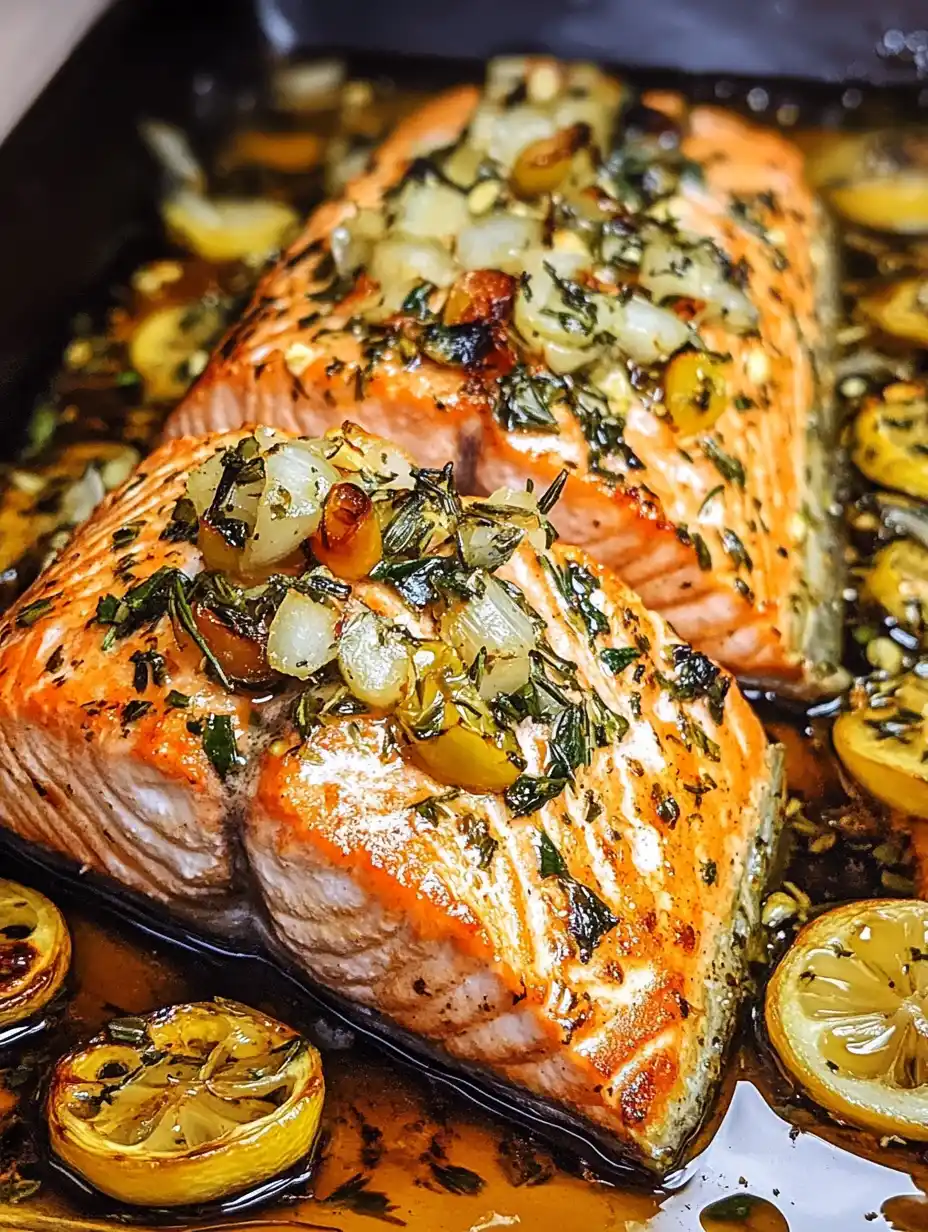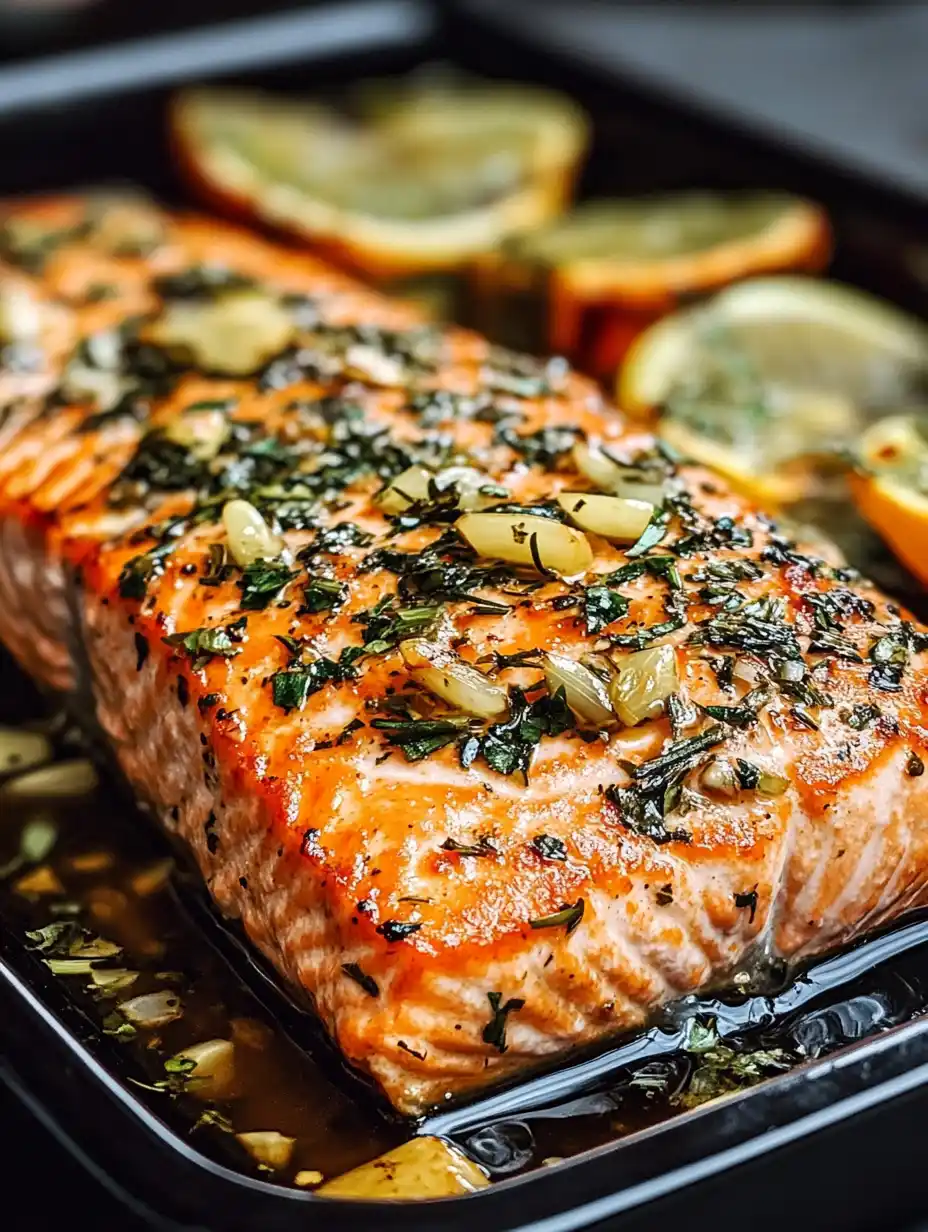
Every home cook has faced the problem of dry, overcooked fish. But what if you could learn how to bake salmon at 400 degrees perfectly? You could make it moist, flaky, and full of flavor every time.
Table of Contents
Cooking salmon might seem hard, but with the right method, you can make it taste like a restaurant dish. Knowing the exact baking time and temperature is key to getting it just right.
In this guide, I’ll share all you need to know about baking salmon at 400 degrees. You’ll learn about the best cuts, cooking times, and how to impress your loved ones with a delicious salmon dish.
Key Takeaways
- Learn the perfect baking time for salmon at 400 degrees
- Discover techniques for maintaining moisture and flavor
- Understand how thickness impacts cooking duration
- Explore seasoning and preparation tips
- Prevent common mistakes in salmon preparation
Understanding the Basics of Baking Salmon
Baking salmon can turn a simple meal into a special treat. Knowing how to cook salmon filets right is key to making delicious fish every time. Let’s explore the basics that will make your salmon cooking better.
Exploring Different Cuts of Salmon
Salmon has many cuts, each with its own traits. These traits affect how long it takes to bake and the temperature needed:
- Fillet: Thin, boneless cut ideal for quick baking
- Steak: Thicker cut with central bone, requires longer cooking
- Whole Side: Large cut perfect for serving multiple people
Essential Kitchen Tools for Perfect Salmon
To cook salmon well, you need a few important tools:
| Tool | Purpose |
|---|---|
| Baking Sheet | Provides even heat distribution |
| Digital Meat Thermometer | Ensures precise internal temperature |
| Parchment Paper | Prevents sticking and easy cleanup |
Why 400 Degrees is the Ideal Baking Temperature
Baking salmon at 400 degrees Fahrenheit is the best. It cooks the fish fast and keeps it moist. This temperature helps the salmon stay juicy and flaky.

“The key to perfect salmon is understanding its cooking science” – Professional Chef
How Long to Bake Salmon at 400
Baking salmon at 400 degrees Fahrenheit is a surefire way to get delicious fish every time. The cooking time depends on several important factors.

To figure out how long to bake salmon at 400, consider the fillet’s thickness and whether it’s fresh or frozen. A standard salmon fillet usually takes about 10-12 minutes to cook.
Salmon Cooking Time Guide
| Salmon Type | Thickness | Cooking Time | Internal Temperature |
|---|---|---|---|
| Fresh Fillet | 1/2 inch | 8-10 minutes | 145°F |
| Fresh Fillet | 1 inch | 10-12 minutes | 145°F |
| Frozen Fillet | 1 inch | 12-15 minutes | 145°F |
Here are some tips for perfect salmon cooking:
- Use a meat thermometer to check internal temperature
- Let salmon rest for 3-5 minutes after baking
- Check for translucent, flaky texture
“The secret to great salmon is precision in cooking time and temperature.” – Chef Michael Rodriguez
Remember, slight variations in cooking time might occur depending on your specific oven and salmon cut. Always keep an eye on your fish to avoid overcooking. This ensures it stays moist and tender.
Preparing Your Salmon for Baking
Preparing your salmon for baking is key to a great dish. Your salmon recipe at 400 degrees needs a few important steps. These steps can make your dish go from good to amazing.
Thawing Frozen Salmon Safely
Thawing salmon right is important for its taste and texture. Here are the best ways to thaw it:
- Refrigerator method: Put frozen salmon in the fridge 24 hours before cooking
- Cold water method: Put salmon in a waterproof bag and soak it in cold water
- Don’t thaw it at room temperature to avoid bacterial growth
Expert Seasoning Techniques
Make your salmon recipe 400 degrees even better with smart seasoning:
- Pat salmon dry with paper towels before seasoning
- Start with kosher salt and black pepper
- Try herb mixes like dill, parsley, and thyme
“The secret to great oven baked salmon is in the preparation and seasoning.” – Professional Chef
Pan Preparation Strategies
Choose the right pan method to prevent sticking and ensure even cooking:
- Parchment paper makes cleanup easy and prevents sticking
- A lightly greased baking sheet is good for crispy edges
- Aluminum foil helps keep moisture in during cooking
By using these preparation tips, you’ll make a delicious oven baked salmon. It’s sure to impress everyone.
Signs of Perfectly Cooked Salmon
Learning to cook salmon perfectly means knowing when it’s done. Your cooking guide should include signs to check for the best results.
- Color transformation from translucent to opaque pink
- Easy flaking with a fork
- Internal temperature reaching 145°F
Experts say using a meat thermometer is the best way to check salmon’s temperature. This method ensures your fish is safe and tastes great.
“A perfectly cooked salmon should be moist, tender, and flake easily without being dry or rubbery.” – Culinary Institute of America
Seeing white protein on the surface is normal. It means your salmon is cooking right and releasing moisture.
| Doneness Indicator | Visual Cue | Texture |
|---|---|---|
| Undercooked | Translucent, dark pink | Soft, gelatinous |
| Perfect | Light pink, opaque | Tender, flakes easily |
| Overcooked | Pale, whitish | Dry, tough |
Knowing these signs will help you cook salmon like a pro every time.
Best Seasonings and Marinades for Baked Salmon
Turning your oven baked salmon into a masterpiece is all about the right seasonings and marinades. A great salmon recipe at 400 degrees can make this healthy fish a true delight. It will impress your taste buds.
Creating the perfect flavor mix is key. It’s about finding the right balance. You want to enhance the salmon’s taste without overpowering it.
Classic Flavor Combinations
- Lemon and dill: A timeless pairing that brightens the salmon
- Garlic and herb blend: Adds robust, aromatic notes
- Honey and soy sauce: Creates a sweet and savory glaze
Marinade Timing Guidelines
When making your salmon recipe at 400 degrees, timing is everything. Don’t marinate too long, as it can make the fish too soft:
- Delicate marinades: 15-30 minutes
- Acidic marinades: Maximum 30 minutes
- Dry rubs: Apply just before cooking
Fresh Herb Options
Fresh herbs can add amazing flavors to your oven baked salmon:
- Cilantro: Adds bright, citrusy notes
- Parsley: Provides a clean, fresh finish
- Thyme: Introduces subtle, earthy undertones
“The right seasoning can turn a simple salmon dish into a restaurant-quality meal.” – Culinary Expert
Common Mistakes to Avoid When Baking Salmon
Learning how long to bake salmon at 400 degrees is key. Many home cooks face common errors that ruin the fish’s texture and taste.
- Overcooking: The biggest mistake is baking salmon too long. At 400 degrees, it can dry out and lose its flavor.
- Incorrect Temperature: The baking temperature must be exact. Temperatures over 400 can quickly dry out the fish.
- Skipping Seasoning: Unseasoned salmon tastes bland. This can make the meal less enjoyable.
Experts say to check the salmon’s internal temperature. Aim for 145 degrees Fahrenheit for the best taste. A meat thermometer is crucial for getting it right.
“The difference between good and great salmon is often just minutes in the oven.” – Seafood Culinary Expert
To avoid these mistakes, pay close attention to detail. Different salmon cuts may need different baking times. Thicker fillets might need more time, while thinner ones cook faster.
- Always pat salmon dry before seasoning
- Use parchment paper to prevent sticking
- Let salmon rest for 3-5 minutes after baking
Keeping an eye on the baking temperature and time can make your meal stand out. It can turn an ordinary dish into a gourmet experience.
Tips for Selecting Quality Salmon
Choosing the right salmon is key to making perfect baked salmon. The quality of your salmon can greatly affect your dish. So, it’s important to know how to pick the best one.
Fresh vs. Frozen Salmon Options
When you go shopping for salmon, you’ll find two main choices: fresh and frozen. Fresh salmon usually tastes better and has a better texture. Look for fish that looks moist and has a bright, even color without any brown or dry spots.
- Fresh salmon should have a mild ocean smell
- Flesh should be firm and spring back when touched
- Color ranges from deep orange to light pink
Sustainable Salmon Choices
Choosing seafood responsibly is important. Wild-caught Alaskan salmon is a top choice for sustainability. Make sure to check for certifications from marine stewardship organizations to support eco-friendly fishing.
Color and Texture Guide
Salmon comes in different colors based on its type. Sockeye salmon is deep red, while king salmon is rich orange. For cooking, choose fish with even color and little discoloration.
“The best salmon is fresh, sustainably sourced, and handled with care.” – Seafood Experts
When picking your salmon, trust your eyes and touch. A high-quality salmon filet is the foundation for a tasty, perfectly baked meal.
Serving Suggestions and Side Dishes
Your perfectly baked salmon at 400 degrees deserves impressive sides. The right side dishes can make your meal unforgettable. They will please your taste buds and eyes.
Classic side dishes can turn your salmon into a showstopper. Here are some great options:
- Roasted asparagus with lemon zest
- Quinoa pilaf with fresh herbs
- Garlic-infused mashed potatoes
- Mediterranean couscous salad
Sauces can also boost your salmon’s taste. Try these pairings:
| Sauce | Flavor Profile |
|---|---|
| Dill cream sauce | Creamy, tangy, herbaceous |
| Honey mustard glaze | Sweet, zesty, vibrant |
| Citrus herb vinaigrette | Bright, fresh, light |
“The secret to an exceptional salmon dish lies not just in cooking, but in thoughtful presentation.” – Culinary Expert
For leftover salmon, get creative. Make salmon salad, fish tacos, or pasta dishes. Store it in an airtight container for future meals.
Conclusion
Baking salmon at 400 degrees is a great way to make restaurant-quality meals at home. Learning how long to bake salmon at 400 opens up many culinary possibilities. This guide gives you the basics to turn fresh fish into a tasty meal.
The time you bake salmon affects its texture and taste. Whether you’re new to cooking or experienced, the key is to use quality fish and season it well. Cooking at 400 degrees gives you a crispy outside and a soft, flaky inside that everyone will love.
Try different seasonings, marinades, and sides to make your salmon even better. Remember, the more you cook, the better you’ll get. Enjoy the process of learning and making healthy, tasty meals.
Now you have the skills to make delicious salmon dishes every time. The secret is to stay curious, pay attention to details, and enjoy making healthy, flavorful meals. These meals will nourish your body and soul.
FAQ
How long should I bake salmon at 400 degrees?
For most salmon fillets, bake at 400°F for 10-12 minutes. The exact time depends on the fillet’s thickness. Plan for 4-6 minutes per half-inch.
Fresher, thicker fillets need 12-15 minutes. Thinner or smaller pieces might only need 8-10 minutes.
How can I tell if my salmon is fully cooked?
Check if salmon is cooked by: 1) Using a meat thermometer – it should reach 145°F, 2) Flaking easily with a fork, 3) Being opaque pink or pale, and 4) Having no raw-looking flesh in the center.
Should I leave the skin on when baking salmon?
Leaving the skin on keeps the salmon moist and makes it easier to serve. Place the salmon skin-side down on the baking sheet. The skin will crisp up and can be removed after cooking if you prefer.
Do I need to flip the salmon while baking?
No, you don’t need to flip salmon when baking at 400°F. Just place it skin-side down on a baking sheet. This helps keep it moist and ensures even cooking.
Can I bake frozen salmon directly from the freezer?
While possible, thawing salmon first is recommended for even cooking. If baking from frozen, add about 50% more cooking time. Ensure the internal temperature reaches 145°F. Thawing in the refrigerator overnight is safest.
What’s the best way to season salmon before baking?
You can season salmon in many ways! Try olive oil, salt, and black pepper, or get creative with lemon slices, garlic, and herbs. Pat the salmon dry before adding seasonings to help them stick better.
How do I prevent my salmon from drying out?
To keep salmon moist, avoid overcooking. Use a meat thermometer and consider marinating before cooking. Use parchment paper or aluminum foil to retain moisture. Remove the salmon from the oven when it’s just cooked through – it will continue to cook slightly while resting.


